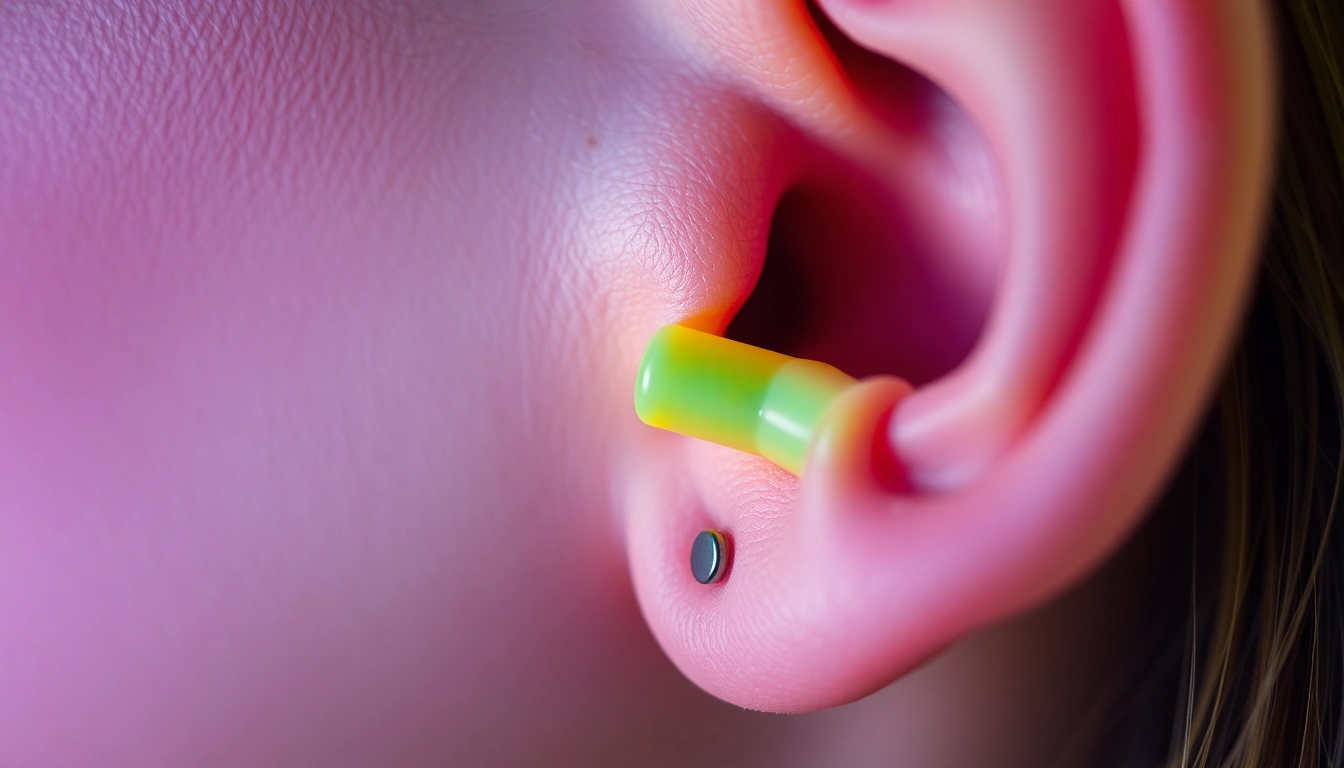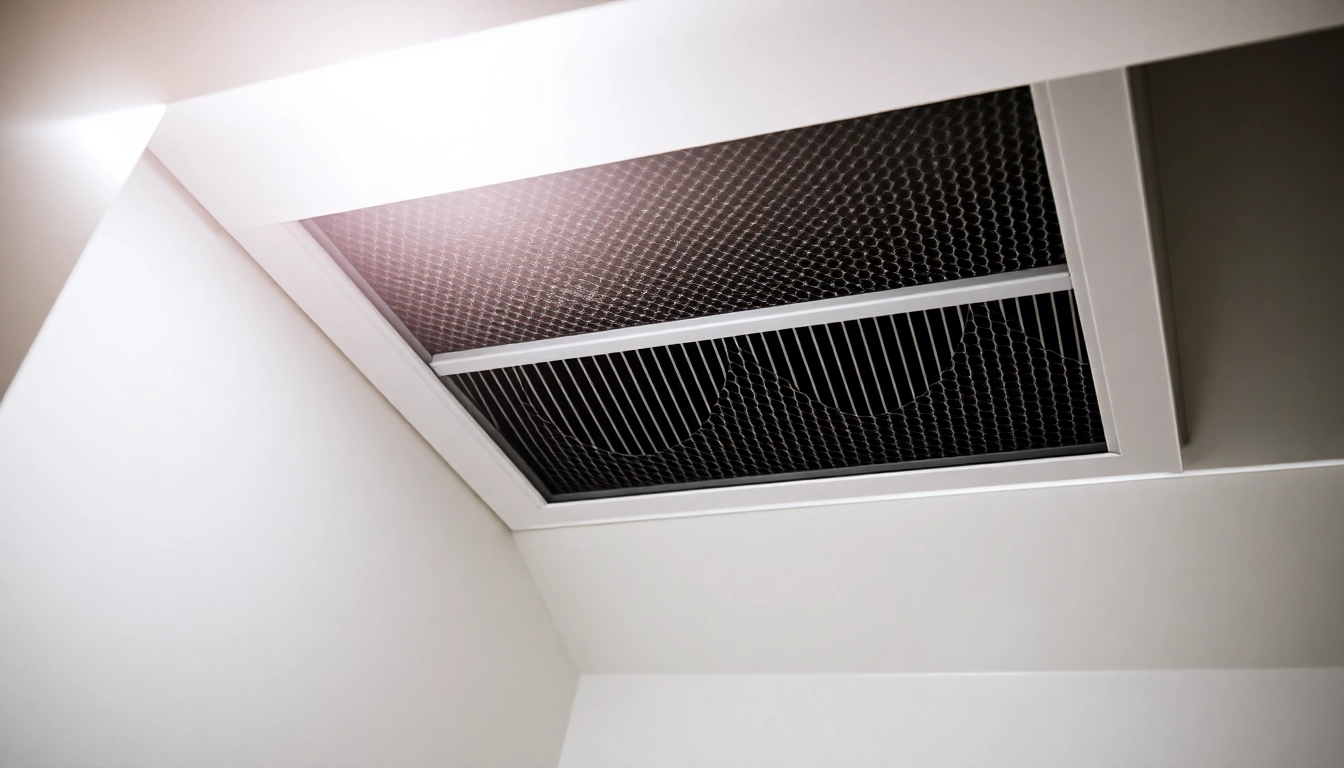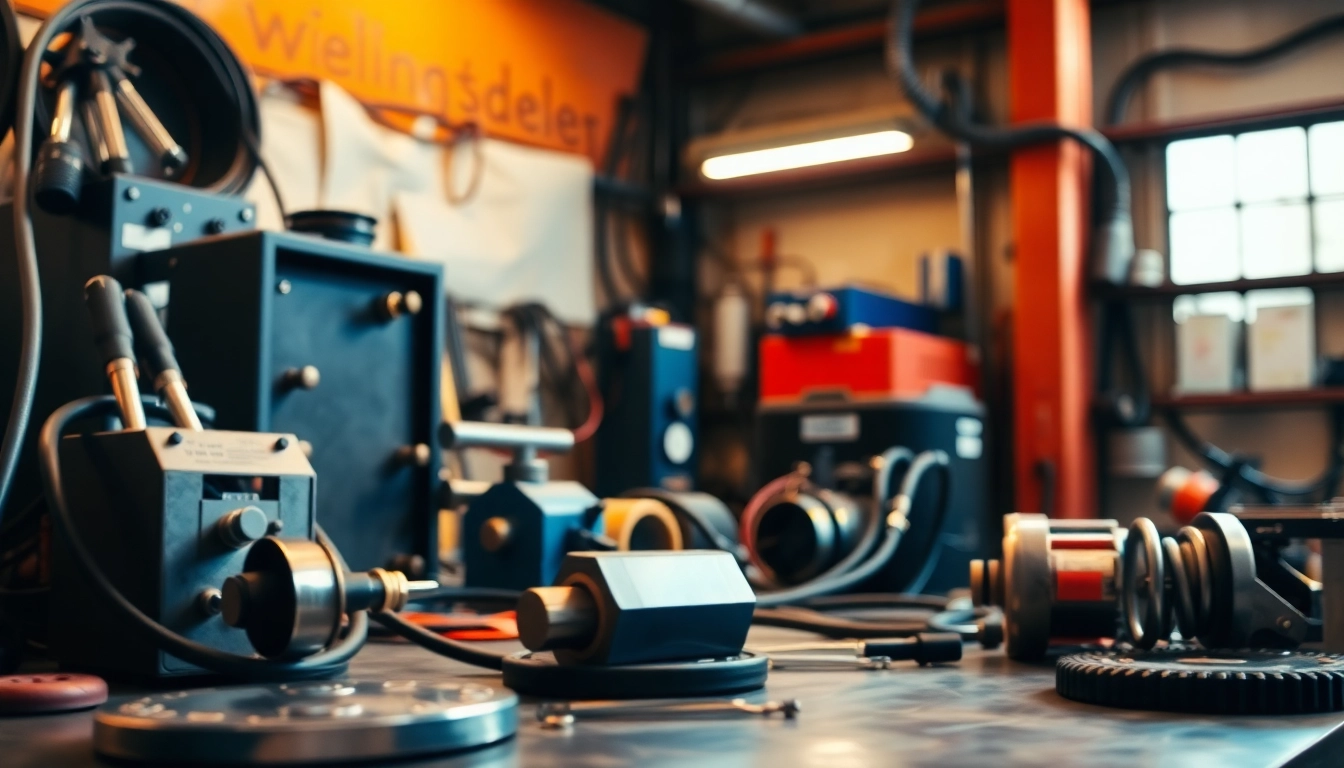
Understanding Ear Plugs
Ear plugs are simple but essential devices designed to protect your ears from excessive noise and other auditory risks, becoming an integral part of various lifestyles. Whether you’re a musician looking to save your hearing during concerts or an individual seeking undisturbed sleep, the appropriate ear plug in ear can make all the difference. Their various designs and materials cater to specific needs, making it crucial to understand their functionalities and your preferences.
What is an Ear Plug in Ear?
An ear plug is a small device placed in the outer ear canal to reduce sound levels, block water, or provide comfort in loud environments. They can be made from various materials, including foam, silicone, wax, and custom-molded options. Their primary function is to prevent sound waves from reaching the eardrum, thus minimizing noise exposure that can lead to hearing loss or discomfort.
Types of Ear Plugs Available
Ear plugs come in several varieties designed for different purposes:
- Foam Ear Plugs: Easily compressible, these are ideal for high noise reduction. Commonly used for sleeping and in workplaces.
- Silicone Ear Plugs: Flexible and reusable, silicone plugs conform to the ear’s shape, offering comfort and decent sound attenuation.
- Custom Molded Ear Plugs: Created from impressions of your ears, these provide the best fit and noise isolation, suitable for musicians and frequent travelers.
- Waterproof Ear Plugs: Designed primarily for swimming, these prevent water from entering the ear canal, ideal for swimming and showering.
- Musician Ear Plugs: Equipped with filters, these maintain sound quality while reducing volume, making them popular among performers.
Benefits of Using Ear Plugs
The use of ear plugs comes with a multitude of benefits, including:
- Hearing Protection: They significantly lower noise exposure, helping to prevent long-term hearing damage.
- Improved Sleep Quality: By blocking out disturbing noises, they create a quieter environment conducive to better sleep.
- Enhanced Concentration: They help minimize distractions in noisy environments, boosting productivity in scenarios like studying or working.
- Versatility: Different types cater to various activities, from concerts to swimming, ensuring appropriate protection in specific situations.
- Comfort: Many modern ear plugs are designed with comfort in mind, allowing for prolonged wear without irritation.
Selecting the Best Ear Plug in Ear
Choosing the right ear plug involves understanding your specific needs and evaluating different features. With the vast array of options available, making an informed decision is critical for both comfort and effectiveness.
Key Features to Consider
When selecting ear plugs, consider the following features:
- Noice Reduction Rating (NRR): This rating determines how much noise the ear plug can effectively block. An NRR of 20 dB or higher is typically effective for most needs.
- Material: Choose a material that suits your comfort and usage. Foam plugs are great for one-time use, while silicone might offer more comfort for extended wear.
- Size and Fit: Proper fit is crucial for effectiveness. Some brands offer multiple sizes or adjustable options.
- Purpose: Determine your primary usage—whether for sleep, swimming, or concert attendance—as this will guide your choice.
How to Determine Fit
An ear plug must fit snugly in your ear canal to effectively reduce noise. Here are some guidelines for finding the right fit:
- Foam Ear Plugs: Compress the plug before inserting it into the ear canal, hold it in place until it expands.
- Silicone Ear Plugs: Mold them to your ear shape for a perfect fit. They should sit comfortably without creating pressure or discomfort.
- Custom Ear Plugs: Consider visiting an audiologist to get a perfect mold for maximum effectiveness.
Popular Brands and Their Offerings
Several brands have established a strong reputation in the ear plug market:
- 3M: Known for their high-quality safety products, 3M offers a variety of ear plugs tailored for industrial use.
- Mack’s: Popular for their foam ear plugs, they offer options specifically designed for sleeping and snoring.
- Loop: A brand focusing on stylish and functional earplugs, particularly for live music settings.
- Swanwick: Known for their silicone ear plugs that provide comfort and can be used in various environments.
Proper Insertion and Use Techniques
Using ear plugs correctly enhances their effectiveness and ensures comfort. Proper insertion and care are essential for maintaining their performance and hygiene.
How to Insert an Ear Plug in Ear Correctly
To ensure that your ear plugs function effectively, follow these steps for insertion:
- Wash Your Hands: Always start with clean hands to minimize the risk of ear infections.
- Prepare the Ear Plug: If using a foam plug, roll it into a cylindrical shape. If using silicone or custom plugs, ensure they are ready for insertion.
- Pull the Ear Upward: For easier insertion, pull your ear back and up with the opposite hand. This straightens the ear canal, allowing for easier access.
- Insert the Ear Plug: Gently insert the ear plug into your ear canal. For foam plugs, hold for a few seconds until they expand.
- Check the Fit: Ensure the ear plug fits snugly in the ear. You should feel it resting comfortably without causing discomfort.
Maintenance and Care Tips for Ear Plugs
Proper maintenance extends the lifespan of your ear plugs and ensures sanitation:
- Reusable Ear Plugs: Wash with mild soap and warm water after each use. Allow them to air dry completely before storing.
- Foam Ear Plugs: These are generally single-use. Discard them after one use to maintain hygiene.
- Storage: Store ear plugs in a cool, dry place away from moisture and extreme temperatures.
Common Mistakes to Avoid
When using ear plugs, avoid these common pitfalls:
- Incorrect Insertion: Improper insertion can reduce their effectiveness and lead to discomfort. Always ensure a good fit.
- Using Worn-Out Plugs: Replacing worn or damaged plugs is essential, as they may not provide adequate noise reduction.
- Neglecting Hygiene: Inadequate cleaning or storage may lead to ear infections, especially with reusable plugs.
Exploring Specific Use Cases
Different environments and activities require specific types of ear plugs tailored to specific needs. Here are some common use cases:
Noise Reduction for Sleeping
Many individuals struggle with disruptive noises at night, making sleep challenging. Effective ear plugs for sleep can help:
- Soft Foam Ear Plugs: These offer excellent noise reduction and comfort for overnight use.
- Silicone Ear Plugs: Their reusable nature makes them a comfortable option for sleep and travel.
Ear Plugs for Concerts and Loud Environments
Concert-goers and those exposed to loud sounds regularly need ear plugs that protect hearing:
- Musician Ear Plugs: With interchangeable filters, these allow users to enjoy music at lower volumes without distortion.
- High-Noise Reduction Foam Ear Plugs: Great for general use in concerts or clubs to protect against damaging sound levels.
Waterproof Solutions for Swimming
For swimmers, keeping water from entering the ears is crucial. Waterproof ear plugs offer excellent solutions:
- Silicone Ear Plugs: Often specifically designed to create a water-tight seal, preventing any leakage into the ear.
- Custom Molded Ear Plugs: These provide the best fit and can be especially effective during swimming or scuba diving.
Understanding Potential Risks and Side Effects
While ear plugs are generally safe, it’s essential to be aware of potential risks and side effects associated with their use.
Are Ear Plugs Safe for Your Ears?
When used correctly, ear plugs are generally safe. However, improper use or prolonged wear can lead to issues:
- Earwax Build-Up: Frequent use can push earwax deeper into the canal, potentially leading to blockages.
- Infections: If reusable plugs aren’t cleaned properly, they can harbor bacteria and lead to infections.
Signs of Ear Plug Complications
Awareness of signs indicating complications is crucial:
- Pain or Discomfort: Persistent discomfort may indicate improper fit or additional issues.
- Fluid Leakage: Any unusual discharge from the ear can signal an infection that requires medical attention.
When to Seek Medical Attention
Consider seeking medical assistance in the following instances:
- Severe Pain: Ongoing pain or discomfort may suggest an underlying issue.
- Signs of Infection: Symptoms like swelling, redness, or discharge are reasons to consult a healthcare professional.
- Hearing Loss: Any sudden changes in hearing after using ear plugs should prompt immediate medical evaluation.







